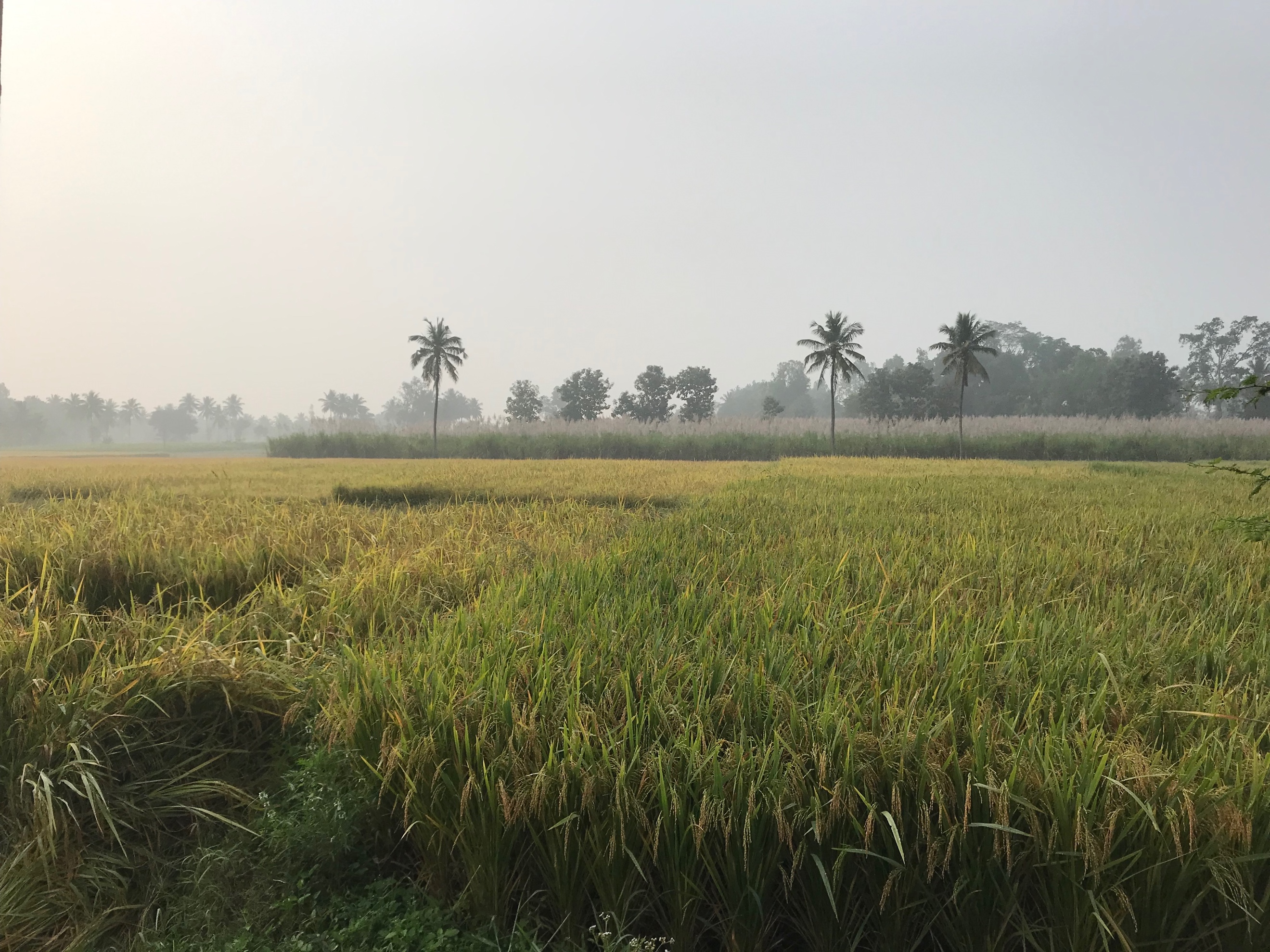The numbers vary because colonial accounts vary in counting mortality caused directly by the famine or indirectly by famine-related diseases. In addition, some accounts include mortality in just colonially administered territories, as opposed to including all of south India, which encompasses the Bombay and Madras Presidencies under colonial rule and the princely states of Hyderabad and Mysore. For example, counting the dead in just the presidencies, and not princely states, Christina Twomey and Andrew J. May cite a mortality figure of four million persons. (Christina Twomey and Andrew J. May, “Australian Responses to the Indian Famine, 1876–78: Sympathy, Photography and the British Empire,” Australian Historical Studies 42, no. 2 (2011): 233–252.) The regions I write about in this article come under both types of administrative control: parts of Bangalore district, including the city, were under British colonial administration. Mandya and Mysore districts were part of the princely state.
Frederick Goodall, “The Mysore Famine of 1876–78,” Calcutta Review 87, no. 174 (1888): 262.
Ibid.
William Digby, The Famine Campaign in Southern India (Madras and Bombay Presidencies and Province of Mysore) 1876–1878, vol. 2 (London: Longmans, Green, and Company, 1878), 467.
Twomey and May, “Australian Responses to the Indian Famine.”
Tanushree Ghosh, “Witnessing famine: The testimonial work of famine photographs and anti-colonial spectatorship,” Journal of Visual Culture 18, no. 3 (2019): 328.
Avery Gordon, Haunting and Sociological Imagination (Minneapolis: University of Minnesota Press, 2008).
Avery Gordon, “Some thoughts on haunting and futurity,” Borderlands 19, no. 2 (2011): 2.
Mike Davis, Late Victorian Holocausts: El Niño Famines and the Making of the Third World (London: Verso, 2001): 26.
Sharmila Rudrappa, “Land, Women and Techno-pastoral Development in Southern Karnataka, India,” Reproductive Biomedicine and Society Online 7 (November 2018): 141–149.
David Hall-Matthews, “Inaccurate Conceptions: Disputed Measures of Nutritional Needs and Famine Deaths in Colonial India,” Modern Asian Studies 42, no. 6 (2008): 1193.
Davis, Late Victorian Holocausts, 38.
David Arnold, “Death and the Modern Empire: The 1918–19 Influenza Epidemic in India,” Transactions of the Royal Historical Society 29 (2018): 181–200.
Quoted in S. Ambirajan, “Malthusian population theory and Indian famine policy in the nineteenth century,” Population Studies: A Journal of Demography 30, no. 1 (1976): 8.
Mytheli Sreenivas, “Birth Control in the Shadow of Empire: The Trials of Annie Besant, 1877–1878,” Feminist Studies 41, no. 3 (2015): 512.
Mokshagundam Visvesvaraya, Memoirs of My Working Life (Port Bombay (Mumbai): F. Borton for G. Claridge & Co., 1951).
Ibid., 51–52.
Quoted in Chandan Gowda, “Development, Elite Agency and the Politics of Recognition in the Mysore State, 1881–1947” (PhD diss., Azim Premji University, 2007), 178.
Ibid., 198.
Ibid., 198.
Sethu Rao S., “Karnataka: Pioneer in Family Planning,” Yojana 27, nos. 1–2 (1983): 39–40.
See: Sarah Hodges, Contraception, Colonialism and Commerce: Birth Control in South India, 1920–1940 (Milton Park: Routledge, 2008); Asha Nandkarni, Eugenic Feminism: Reproductive Nationalism in the United States and India (Minneapolis: University of Minnesota Press, 2014).
Frank Dikotter, “Race Culture: Recent Perspectives on the History of Eugenics,” The American Historical Review 102, no. 2 (April 1998): 472.
Hodges, Contraception, Colonialism and Commerce, 230.
Nandkarni, Eugenic Feminism, 80.
Hodges, Contraception, Colonialism and Commerce, 231.
Janam Mukherjee, Hungry Bengal: War, Famine and the End of Empire (Oxford: Oxford University Press, 2015).
Hodges, Contraception, Colonialism and Commerce, 233.
Rudrappa, “Land, Women and Techno-pastoral Development.”
See: James G. Chadney, “Family Planning: India’s Achilles’ Heel?” Journal of Asian and African Studies 22, nos. 3–4 (1987): 218–231; Matthew Connelly, Fatal Misconception: The Struggle to Control World Population (Cambridge: Harvard University Press, 2009); Rosanna Ledbetter, “Thirty Years of Family Planning in India,” Asian Survey 24, no. 7 (1984): 736–758.
Rudrappa, “Land, Women and Techno-pastoral Development.”
Deepa Dhanraj’s 1991 documentary film Something Like a War ends with the observation that population control programs do not eradicate poverty, but are meant to eradicate the poor.
Ann Raeboline Nelson, Kavitha Ravichandran, and Usha Antony, “The impact of the Green Revolution on indigenous crops of India,” Journal of Ethnic Foods 6 (2019): 1–10.
A.R. Vasavi, “Suicides and the Making of India’s Agrarian Distress,” South African Review of Sociology 40, no. 1 (2009): 94–108.
Elumalai Kannan, Guru Balamurugan, and Sudha Narayanan, “Spatial economic analysis of agricultural land use changes: a case of peri-urban Bangalore, India,” Journal of the Asia Pacific Economy 26, no. 1 (2021): 34–50.
